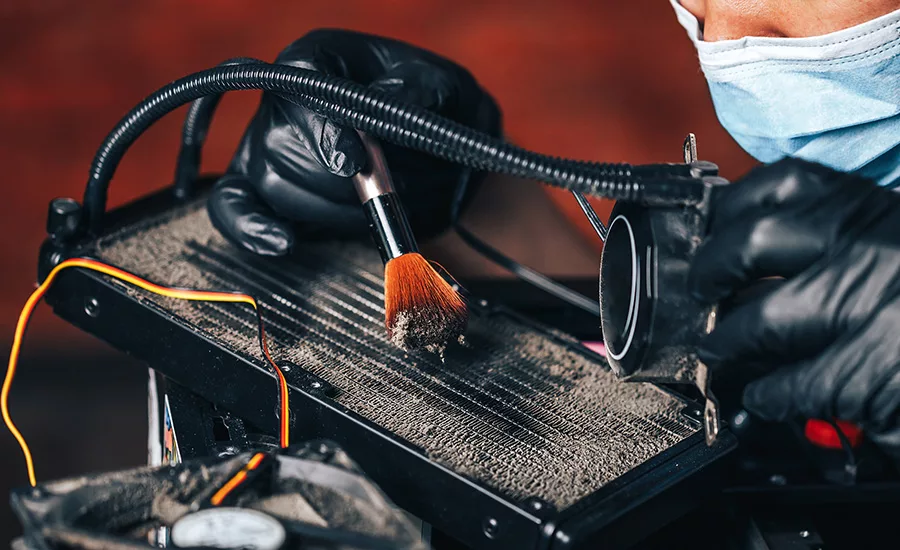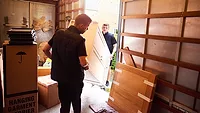The Future of Contents Restoration is Here

Photo credit: Nestea06/iStock / Getty Images Plus via Getty Image
Over the last few years, I have tried to predict the future of contents restoration. Recognizing trends in the industry has enabled many companies to proactively prepare and be ready, competitive and successful. Now we know that the future is here. Implementing technology and bringing additional services in-house instead of using subcontractors is no longer a prediction; it’s a reality.
What is the disconnect? Why has our industry been slow to implement change? Embracing technology is as much attitude as it is action. Subcontracting contents to another vendor is “the way you’ve always done things.” Our industry tends to be reactive instead of proactive. But the future is here, and companies no longer have the luxury of time because they must play catchup, or fall further behind.
This trend was predictable and inevitable as Millennial homeowners and adjusters who have grown up with technology won’t accept hand-written inventories and the traditional “sifting” through boxes to locate a belonging stored in a warehouse. Instead, contents restoration firms are expected to embrace and implement 3D mapping of loss sites, real-time data and online tracking of contents utilizing pack-out inventory and claims management software.
Embracing and implementing technology also enables the restoration company to help the carrier. Meeting service measurables without inconveniencing the homeowner leads to higher policyholder retention rates, shorter claim cycles and reduced claim costs. Because embracing technology is just the first step. Steve Jobs said, “You’ve got to start with the customer experience and work your way backwards towards the technology.” What that means is having technology, in and of itself, isn't as important as how we use it to create the customer experience. There is a huge difference between the customer experience and customer service, and in today's market, good customer service alone is no longer good enough.
The trend toward offering more services in-house is another strategy that relies on adopting new technology. In the past, there was an expert for everything: hard contents, soft contents, electronics, artwork, document drying and furniture refinishing. Now, hard contents companies are bringing in electronics cleaning and soft contents, electronics cleaning companies are bringing in soft contents, and soft contents drycleaners are bringing electronics and hard contents cleaning in-house. This trend gives every restoration company more control over the claim and their reputation, greater oversight of how contents are inventoried and tracked, and the ability to streamline workflow. It also creates more revenue, higher margins and greater profit.
The benefits and revenue don’t just apply to the restoration company. An insurance industry survey conducted by J.D. Power illustrates that having just one point of contact on a claim elevates customer service to the point where a policyholder is more likely to remain with the carrier and more likely to recommend the carrier to family and friends. The survey also found that the more points of contact a policyholder deals with, customer satisfaction, referrals and policy retention rates suffer.
In addition, the one-stop shop service model saves adjusters time and shortens the claim cycle. Shorter cycle times makes the adjuster’s job easier, improves customer service and saves the carrier time and money.
Contents restoration companies that offer a variety of specialized services also see additional revenue and an increase in market share. To use an analogy, if a restaurant has no dessert menu, they're losing out on a revenue stream from a customer that's already there. Is every patron going to order dessert? No. But since you already have the customer seated, why wouldn't you add revenue streams on a claim you are already servicing?
Purchasing and implementing technology, and adding more services in-house is not just an investment in your future; it just might secure your future. Complacency and delay will separate companies in our industry into two categories we can sum up in six words: Be a Netflix, not a Blockbuster. Let’s embrace technology and bring more contents in-house to become the contents restoration experts carriers and policyholders want to work with.Looking for a reprint of this article?
From high-res PDFs to custom plaques, order your copy today!








